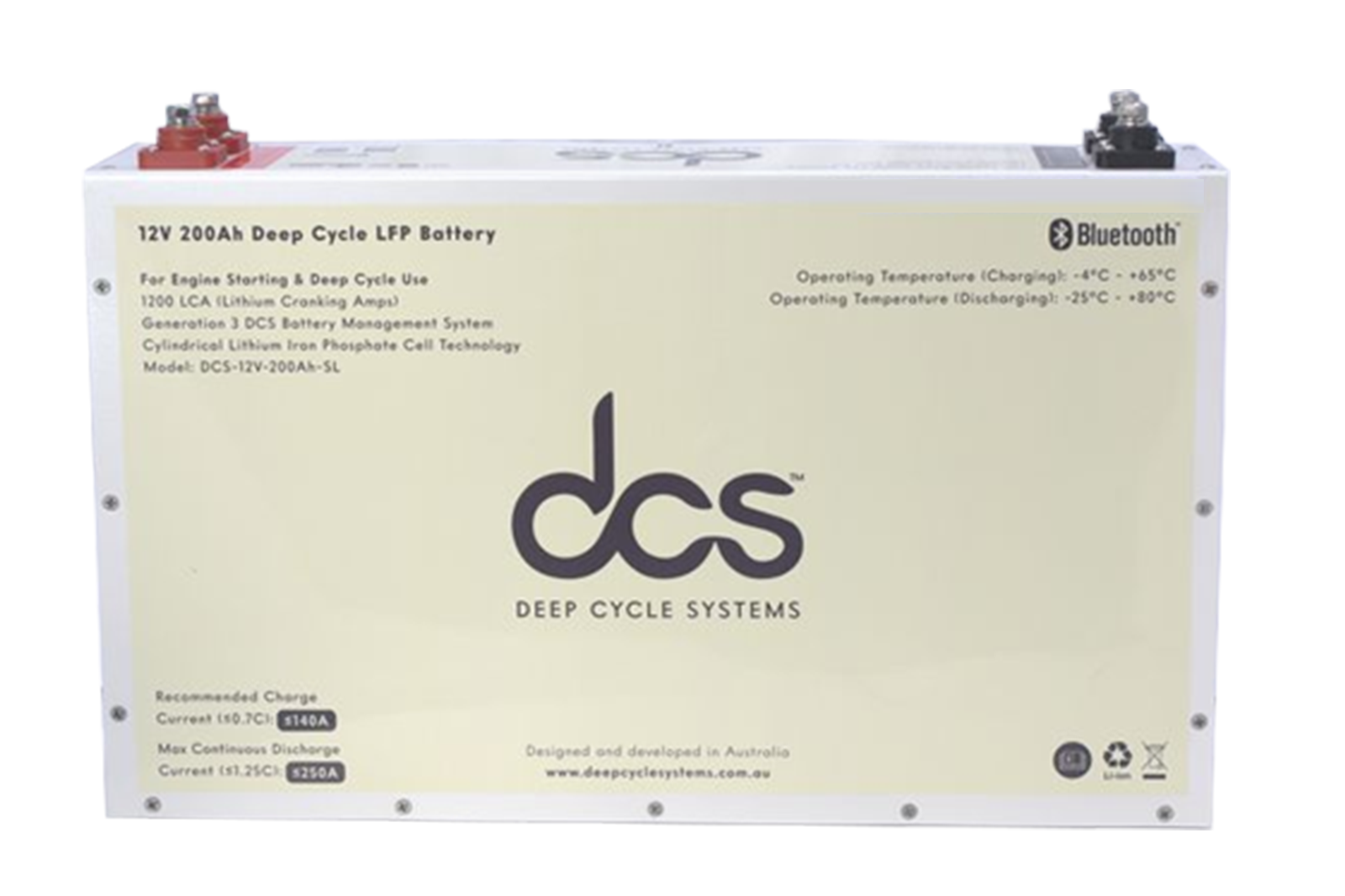
The neurodevelopmental illness known as attention-deficit/hyperactivity disorder (ADHD) is typified by challenges with maintaining focus, impulse control, and hyperactivity regulation. Although ADHD can cause difficulties in a number of areas of life, such as performance in school and the workplace, there are new opportunities to manage symptoms thanks to technology developments brought about by the digital era. A plethora of apps and solutions have surfaced in recent years to help people with ADHD become more focused, organized, efficient with their time, and productive in general. This essay investigates the relationship between technology and ADHD, looking at the possible advantages and disadvantages of various tools and applications as well as how they can improve the everyday lives of people with ADHD.
Recognizing ADHD Difficulties
Prior to exploring particular tech fixes, it’s critical to comprehend the unique difficulties that people with ADHD symptoms encounter. Planning, organizing, and time management issues are examples of executive function deficiencies that are characteristic of ADHD. Impulsivity and distractibility can also make it more difficult to pay attention and finish tasks. These difficulties can appear in a variety of contexts, including the workplace and educational institutions, and they can have a substantial negative influence on day-to-day activities and quality of life.
Technology: A Two-Sided Sword
With its pervasiveness in contemporary culture, technology offers people with ADHD both benefits and challenges. One could argue that the incessant stream of digital stimuli exacerbates impulsivity and distractibility, making it harder to stay focused on activities. Social media sites, alerts, and internet entertainment can quickly divert focus and hinder productivity, especially for those with ADHD who are more easily distracted.However, technology also has a great deal of promise as a tool for reducing symptoms of ADHD and enhancing functional outcomes. Technology may give people with ADHD structure, organization, and assistance when used wisely, enabling them to deal with everyday obstacles more skillfully.
The Growth of Tools and Apps for ADHD
An extensive range of applications and tools designed exclusively for people with ADHD have been developed by developers in response to the rising need for solutions to address the symptoms of ADHD and its increasing prevalence. These digital solutions assist executive functioning and encourage improved concentration and productivity by utilizing a variety of tactics, including task management, time tracking, cognitive training, and mindfulness practices.
Organization and Task Management
Those with ADHD who have trouble with planning and prioritizing will benefit most from apps made for task management and organizing. These applications usually come with scheduling, reminders, and configurable to-do lists that let users break things down into little steps and monitor their progress over time. These applications aid in keeping people with ADHD focused and organized by offering planned routines and visual clues.
Using Pomodoro Techniques and Time Tracking
Another area where people with ADHD frequently struggle is time management. People with ADHD can benefit from time monitoring apps and methods like the Pomodoro Technique since they help them focus and manage their time more effectively. Using the Pomodoro Technique, work is done in concentrated, short bursts of time (usually 25 minutes), interspersed with short pauses. Applications that use this method assist users in striking a balance between work and relaxation by offering timers and notifications to help them through work sessions and breaks.
Brain Games and Cognitive Training
With organized brain training activities and games, certain applications and tools try to improve cognitive skills like impulse control, memory, and attention. Although experts continue to disagree about the effectiveness of cognitive training for ADHD, some people with the disorder claim that participating in these activities helps. These apps may assist users in strengthening their mental faculties, improving their capacity to focus and manage behavior, and enhancing their ability to target particular cognitive skills associated with ADHD.
Meditation and Mindfulness
Apps for mindfulness and meditation include guided exercises and methods for developing an awareness of the present moment while lowering stress and anxiety. Mindfulness techniques are useful for fostering tranquility and enhancing attentional control in people with ADHD, who frequently struggle to quiet their minds and have racing thoughts. People with ADHD may become more self-aware and acquire better emotional management techniques by adding mindfulness into their everyday routines, which can enhance their general wellbeing.
Restrictions & Things to Think About
Although there is potential for ADHD-focused apps and tools to serve as supplementary interventions for managing symptoms, it is important to recognize their limitations and utilize them with caution. Not all applications are made equal, and a person’s requirements, preferences, and the intensity of their ADHD symptoms can all affect how useful these tools are. Furthermore, relying just on technology as a treatment for ADHD may not be adequate as it may not address underlying problems associated with executive dysfunction.Furthermore, if apps and other digital distractions are not utilized responsibly, they may make symptoms of ADHD worse. Compulsive digital device use, multitasking, and excessive screen time can all exacerbate attention deficit disorders and interfere with sleep cycles, which are already prevalent issues for people with ADHD. In order to avoid negative impacts, it is essential that people with ADHD and those who care for them approach technology use attentively and set up healthy boundaries.
In summary
In summary, technology has become a double-edged sword for people with ADHD, presenting both benefits and problems for those looking to enhance their everyday functioning and manage their symptoms. Applications and tools specifically designed for people with ADHD offer a variety of features, including time tracking, task management, and cognitive training, to help with the unique challenges that come with the disorder. These digital tools have the potential to improve productivity, organization, and attention, but they have drawbacks and may not work for everyone. As a result, it’s critical that people with ADHD approach technology use with awareness, looking for evidence-based therapies and incorporating digital tools into all-encompassing treatment regimens that take into account the complex character of ADHD. Through judicious use of technology and in conjunction with other therapy approaches, people with ADHD can maximize their potential and lead lives that are more productive and meaningful.
RELATED POSTS
View all


